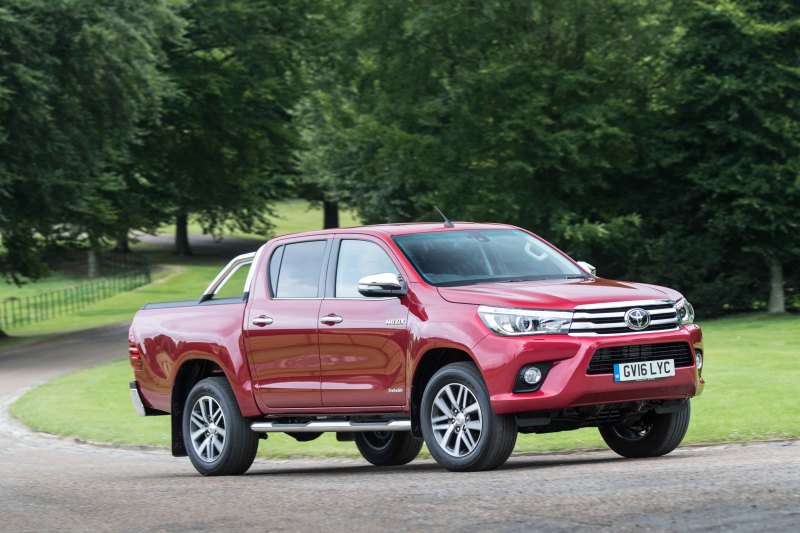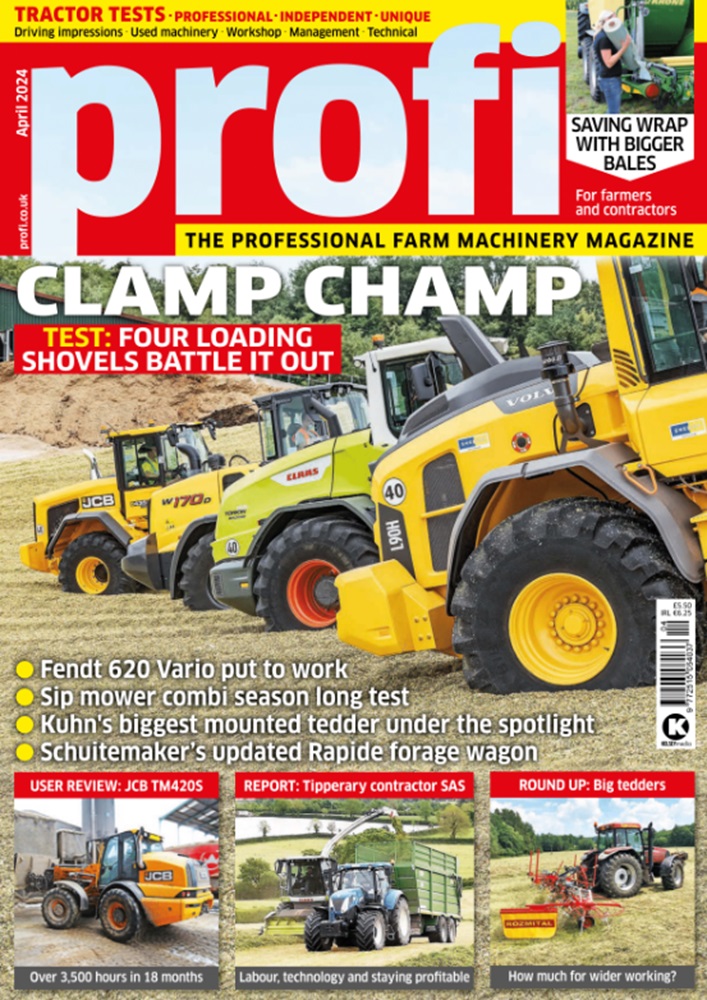The next chapter in the long-running Hilux pick-up story has just begun, with UK deliveries of the eighth generation vehicle — single cab, extra cab and doublecab — arriving earlier this month. And it’s quite some story. More than 18 million examples of this benchmark commercial have been sold around the globe since it debuted nearly 50 years ago back in 1968, and, according to Toyota, the Hilux continues to be Europe’s pick-up market leader with a 23.1% share last year. In Toyota terms, to put the Hilux’s global significance in perspective, it’s the manufacturing giant’s second best-selling vehicle after the Corolla passenger car. So what lies in store for buyers of the latest Hilux incarnation? Quite a lot is the short answer. For despite, at first glance at least, appearing similar in profile to the outgoing model, the new version measures slightly longer, wider and squatter, while at the same time boasting extra underbody clearance. It’s also reckoned to be quieter, more comfortable, more economical and capable of towing heavier loads — up from a 2.8t rating to 3.2t (this figure will rise again to 3.5t by November once the full homologation process has been completed). Looking at some of the above areas in closer detail, let’s start inside the cab where a prominent 7in touch-screen display in the centre of the dash is the first item to catch the eye. Other than that, it’s more a matter of subtle modernizing than anything too dramatic, but most of the bits the driver contacts — levers, switches, knobs — have been tweaked in some way. Critical for some will be the comfier front seats with extra height adjustment and headroom, and the chunkier steering wheel can be altered for both reach and rake. Out the back, the rear cargo bed comes with an increased maximum deck width — up from 1,544mm to 1,645mm — beefier tailgate hinges and a stronger bed construction. Indeed this extra toughness is a recurrent theme running through the changes on the new model and is Toyota’s response to those who felt the previous seventh generation had started to go a bit soft. Under the hood it’s all change too, with the old 3.0-litre diesel making way for a new, cleaner and smaller 2.4-litre. A retrograde step bearing in mind that the motor has lost 600 litres of capacity? Not at all, counters Toyota, which points to the 2.4’s increased torque over the previous 3.0 and, perhaps more importantly, a fuel economy that’s now reckoned to top 40mpg on the combined cycle. On the performance issue, we can only comment that our brief drive showed no adverse side effects from the engine capacity downsize; if anything, the new motor seems livelier, smoother and quieter than before. Back from the engine, both auto and manual box options have gained a gear — up from five speeds to six — and, in keeping with the modernizing theme, a host of on-road safety features have been added. Here we’re talking Pre-Collision System, Lane Departure Alert, Road Sign Assist, Electronic Brakeforce Distribution, Vehicle Stability Control and Trailer Sway Control. All whizzo stuff. Not to be forgotten, the pick-up’s off-road capability also benefits from a sophistication upgrade. Indeed, with the exception of crawl control, the Hilux is now pretty much up to Land Cruiser levels of 4×4 tech, packing Active Traction Control, Downhill Assist Control and Hill-start Assist Control. Before signing off, we should also mention that the new Hilux still rides on a ladder chassis, albeit stronger and redesigned from the previous version. Tweaks here, along with longer leaf springs at the rear, are said to give greater axle articulation for improved off-road performance plus a better on-road ride too. Unlike Nissan, Toyota has decided against heading down the coil suspension route for its pick-up. As for price, the Hilux doublecab line-up starts at £21,510 excl VAT and tops out at £29,435 for the Invincible X flagship. Whetted your appetite? There’ll be a full test in an upcoming issue of the magazine.
The tough just got tougher

The next chapter in the long-running Hilux pick-up story has just begun, with UK deliveries of the eighth generation vehicle — single cab, extra cab and doublecab — arriving earlier this month. And it’s quite some story. More than 18 million examples of this benchmark commercial have been sold around the globe since it debuted […]














